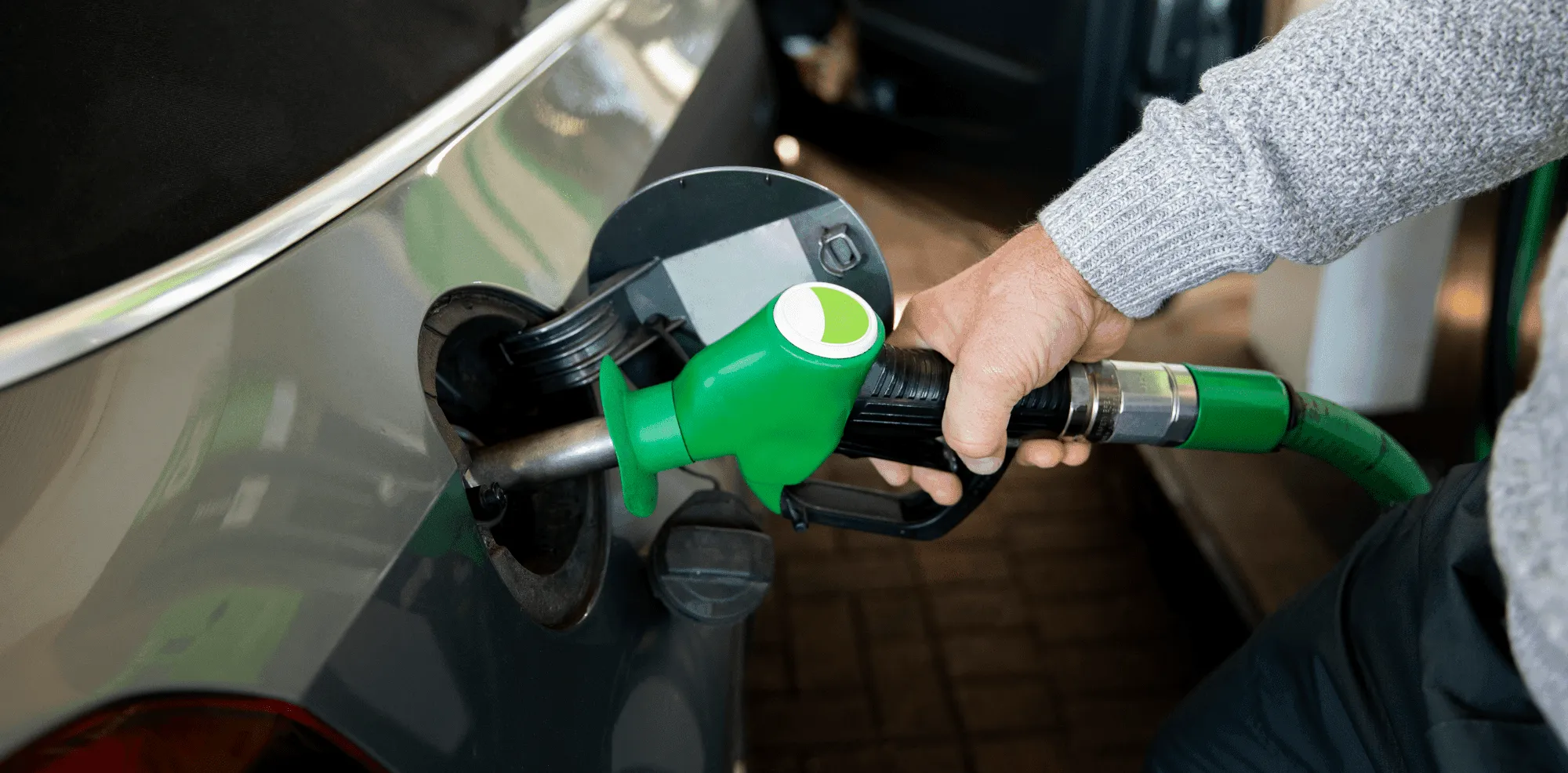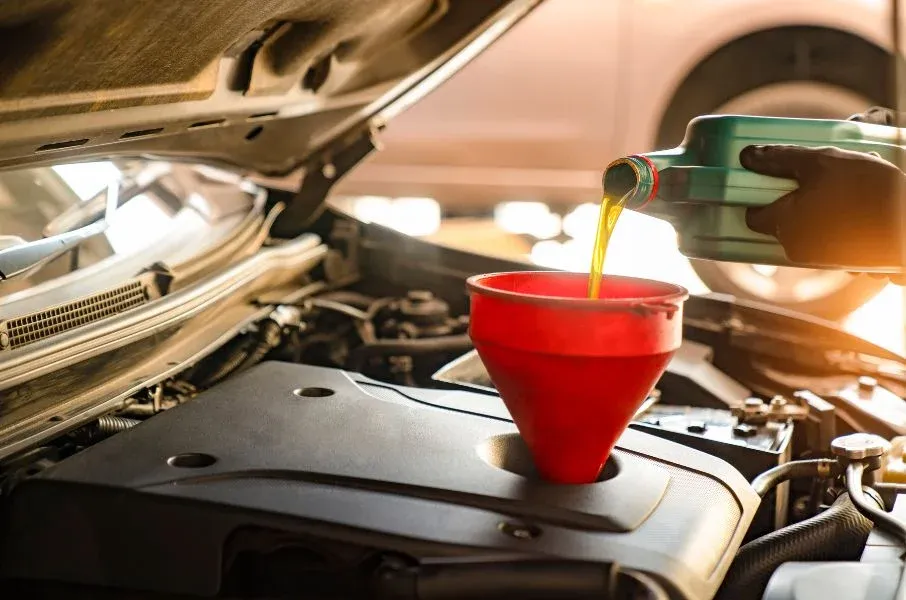As October starts to make its way into the calendar, you are aware that the chillier weather is on its approach. This indicates that it is time to begin the process of preparing your vehicle for the oncoming seasons of autumn and winter. There are a number of ways in which the low temperatures have a detrimental influence on your vehicle.
Make use of the autumn season as an opportunity to get your vehicle ready for the very cold weather that winter brings. Your tires will have a harder time maintaining their traction in cold weather, and the windshield will be more susceptible to cracking as a result of the cold weather. In order to get your car ready for the upcoming dip in temperature, what steps can you take?
Here are 10 Tips to Preparing Your Car For Fall:
1. Check the Belts and Hoses.
As you inspect the belts and hoses, you should look for cracks, leaks, and worn. It is important to check that there are no indications of glazing, fraying, or breaking in the material. Overheating is a significant issue that arises when belts and hoses are not functioning properly. This is something that may happen at any time of the year, even during the cooler months, despite the fact that it often takes place during the summer. In the event that you observe any issues with these component parts of your automobile, you should take your vehicle to the technician in your neighborhood.
2. Check the Fluid Levels.
It is crucial to replace your car’s fluid levels, as necessary. This would include windshield washer fluids, transmission fluids, coolant, brake fluids, and power steering fluids. All are very important for ensuring that your car runs smoothly. Washer fluid is important for maintaining visibility. Transmission fluid is important for cooling. Coolant regulates the engine’s temperature, while brake fluid serves as a lubricant, preventing corrosion. Power steering fluid is crucial for operating the vehicle.

3. Check the Tires.
Check the tread, inflation, and overall condition of your tires. Rotate your tires, so that your tires wear evenly. Make sure your tire’s contain the appropriate amount of air. Maintaining proper tire pressure is very important, because cold weather causes tires to lose air quickly. Make sure you have the proper tires. This time of year comes with the potential of snow and ice. Consider if you live in a location where you need snow tires.
4. Prepare for the Cold Weather.
Getting stranded on the side of the road any time of the year is not fun. As the weather turns cooler, you especially need to be prepared for a roadside emergency. Be prepared if a situation like this were to occur. Stock your vehicle with the following items:
- Gloves
- Ice scraper
- Blanket
- First aid kit
- Jumper cables
- Flashlight
5. Check the Oil.
The suggested period for changing your oil is when you should change it. The recommended oil interval for your vehicle will vary depending on the manufacturer and the way you drive, so it is best to consult the handbook that came with your vehicle. There was a time when it was suggested that you replace your oil every 3,000 miles. On the other hand, this is no longer the case as a result of the development of contemporary engines and the use of synthetic oil. You are able to utilize this gadget as a reference if your vehicle is equipped with an oil monitoring system.
6. Check your Heat.
Check to make sure your heat is working properly. You do not want to be without it when cold weather hits. Make sure the defroster works, as well. Driving with a fogged-up windshield is unwise and unsafe. If either of these components are in need of repair, take your vehicle to your local auto repair shop.
7. Check the Brakes.
It is important to get your brakes checked before getting well into the Fall and Winter seasons. Brakes are crucial for safe driving. Cold weather heightens brake problems, since the roads have the potential of becoming slippery from snow and ice. Listen for unusual noises that may point to failing brake pads.
8. Install All-Weather Floor Mats.
Consider investing in all-weather floor mats. These mats are long-lasting to protect your car’s floors against water, snow, dirt, and grime. These mats will even shield your car from stains and spills. They also do a good job for holding up against general wear and tear. You can use them all year long, not just in the colder months.
9. Check the Lights.
Take a walk around the exterior of your vehicle. Check to make sure that all your lights, including headlights, taillights, brake lights, and flashers, are working as they should. If needed, replace a broken or blown-out bulb. These lights ensure that other drivers see you on the road, even in bad weather or other conditions where visibility is low.
10. Check the Battery.
Check the battery for charge and signs of corrosion. You can even take your vehicle to a local auto parts store for diagnosis. Most of the time, this is at no cost to you. If you car needs a new battery, take your car to a mechanic to get your battery replaced. The battery is critical to start your vehicle.
Learn more about maintaining your vehicle with our Car Maintenance Guide.
.png)










